Description
- The model is 100% hand built by artisans from scratch using “plank on frame” construction method
- Rosewood, mahogany, teak and other exotic woods are carefully selected to build the model
- Real brass & metal fittings
- Propellers and rudders made from brass
- Hollow hull and hollow superstructure
- Highly-detailed and multi-layered paint to match color of the real ship
The Varyag was built in the Cramps shipyard in Philadelphia, Pennsylvania, USA, which also produced the battleship Retvizan for the Tsar. She is seen above at Kronstadt shortly after delivery in 1902. Varyag was part of the huge naval buildup leading to the Russo-Japanese War. At the very beginning of that conflict, the new cruiser was bested in battle and scuttled by her crew to avoid capture. The ship was subsequently salvaged by the Japanese and sailed in their fleet as HIJMS Soya for many years.
With her length and arrow-like form, Varyag was intended as a commerce raider, swooping down on her prey with overpowering speed. She was originally intended to be boilered with Belleville water-tube boilers, but the builders lobbied hard for using the Niclausse water-tube type instead. The Tsar’s admirals had cause to pull out their hair over that decision, for the ship never lived up to expectations in terms of speed: designed for 25+ knots, with 20,000-HP engines, she seldom exceeded 23. The ship’s engines and boilers were not improved by more than a year’s immersion in sea water off Chemulpo, Korea. In the vessel’s refit following salvage, an extensive rebuild was necessary. The Japanese started by replacing the Niclausse boilers with Miyabara.
The vessel’s name describes the Varangians — legendary traders, mercenaries, and pirates who controlled the water routes through the eastern fringes of Europe from Finland down to the Black Sea by a series of forts in the 9th and 10th centuries. Of Viking and Slavic stock, they controlled much of the trade with Constantinople in the waning years of the Byzantine Empire, and provided much of the military muscle that sustained the Kievan state (“Rus”). These burly warriors and watermen were among the original founders of the Russian state. In medieval times and, indeed, all the way down to the 1917 Revolution, Russian nobles calculated their rank by the proximity of their descent from Rurik the Viking — a legendary Varangian whose descendents founded the Kievan state. A number of powerful warships were named for Rurik in the later Russian Navy.
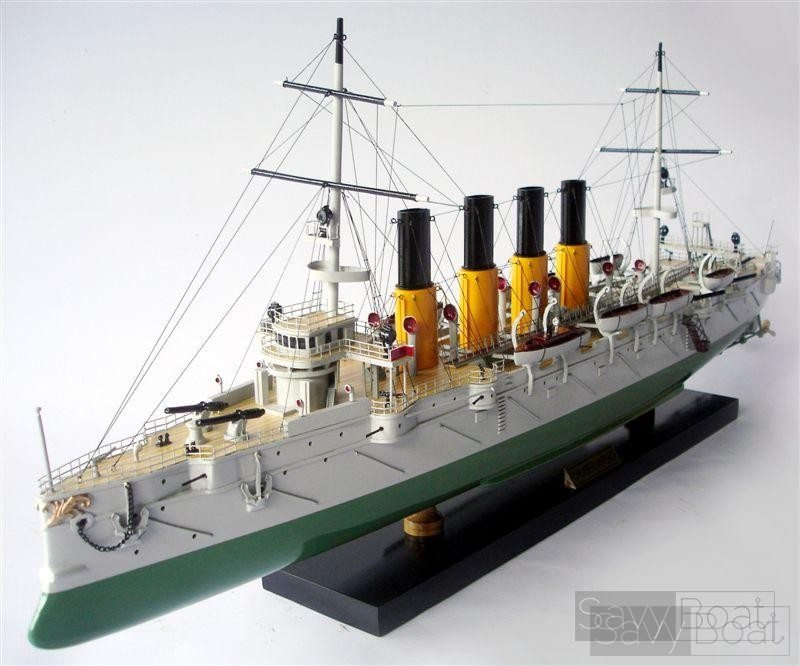
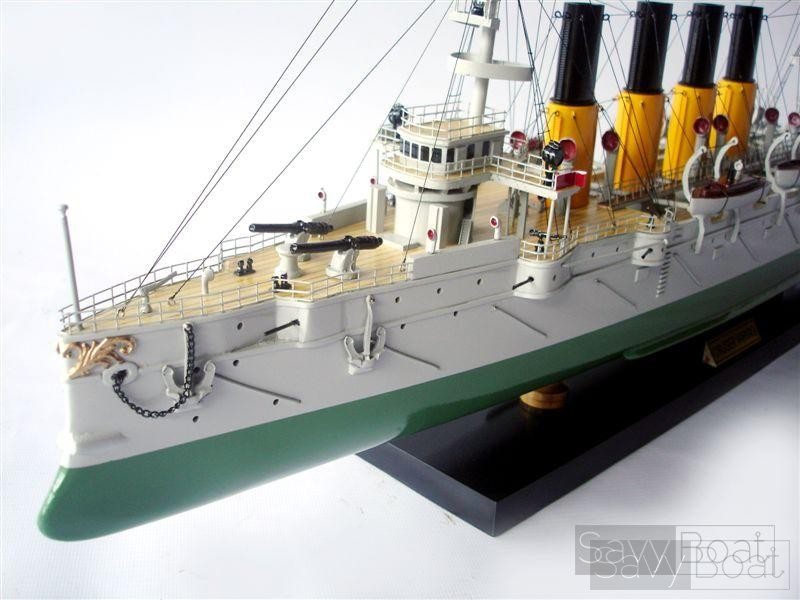
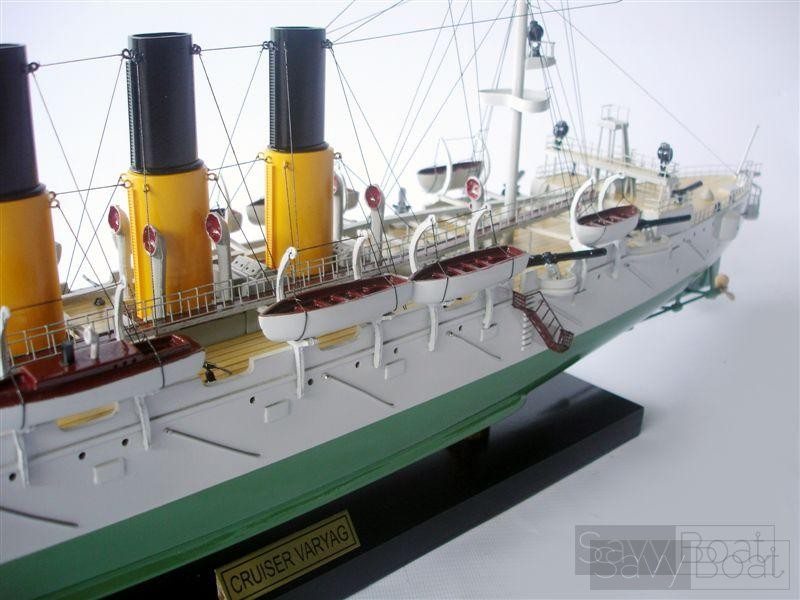
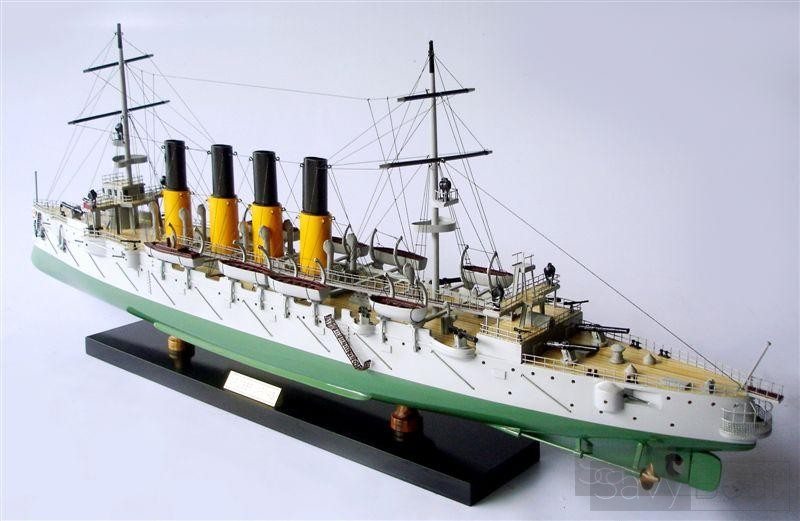
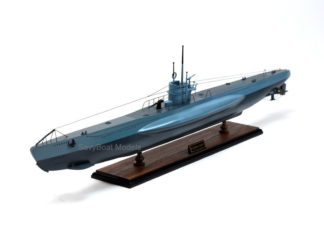
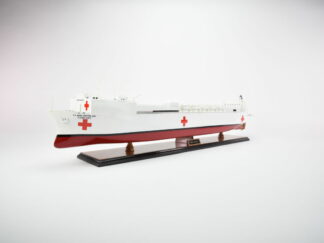
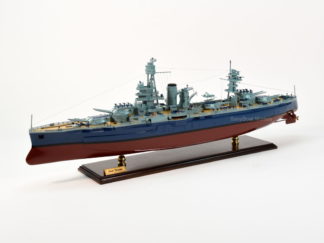
Reviews
There are no reviews yet.